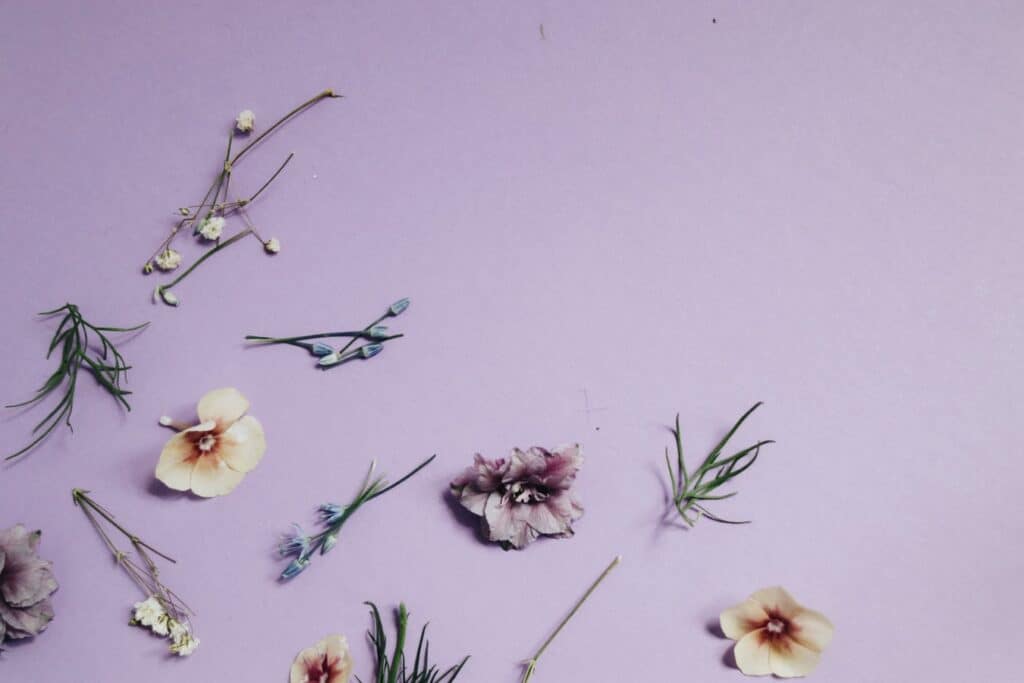
Do you love art and want to learn more about it but also improve your skills? Applying to an art college might seem one of the best opportunities to pursue your dreams. But to be accepted to an art college, you need to undergo a careful selection process. There are many applicants, so they must make the difference between all. And they do this by asking applicants to submit their portfolio with the artwork.
When confronted with this task, many youngsters feel overwhelmed by it. How do you select the artworks? How do you create an awesome art portfolio that showcases your skills? How do you show your creative and technical skills through a portfolio with a limited number of artworks? Here you will find a step-by-step guide on how to make an awesome portfolio for art college. Read on to discover more.
Step 1: Read the Requirements
Any student who wants to get an art education thinks about applying to an art college. But every college has its own requirements, and you need to carefully read them. You will find many essential details such as the minimum of works you need to include, the format of the portfolio, or the deadline. Like this, you will get a general idea of how your portfolio should be organized.

Step 2: Select the Pieces and Organize Them
This might be the most challenging step, as you need to select your best art pieces. Certainly, there are some you are very proud of and you would love to show them to others. Select them and make sure you meet the minimum number of pieces you need to include in your portfolio. It is also important the order of your artworks. Think about how you can better organize them so that they will understand what you tried to send and the narrative of your art pieces.
Step 3: Clear Writing
Some art colleges might ask you to write labels for your artworks and essays or other writing projects on art topics. Even though this might sound challenging, writing a custom research paper is easier than it seems. Especially if you need to write about yourself and your dreams. Keep in mind to write in a clear, easy to understand, and smooth way. You can get a custom research paper from professionals to get inspiration from. The same goes for the labels of your pieces. Add the name and a short description of each of your artworks.
Step 4: Quantity over Quality
Many students think that the more pieces they add to their art portfolio, the higher the chances of being accepted. But many compromise the quality of their portfolio by including too many art pieces. For sure you have some artworks you are very proud of and many others that simply do not meet the standards. Do not compromise the quality of your portfolio.
At the same time, make sure you do not include art pieces that were plagiarized. There are many famous cases of plagiarism in art and college counselors do not approve of it.
Step 5: Present Your Portfolio
Submitting an art portfolio is not the only requirement of the admission process. Besides wanting to see your creative and technical skills, they will also want to see how you think and imagine things. They will want to know more about yourself and your creative process, so be sure you are ready to present your portfolio.
Not all colleges organize interviews with the applicants, but this is one of the requirements for some of them. So, make sure you know how to present your artworks and discuss different techniques you have used. If you have included old works too, it would be wise to revisit them and remember the creative process.
Ending Note
Everyone wants to make an awesome portfolio for art college, but many feel challenged by this process. What to include, how to label your works, what pieces to select are just a few of the questions many students ask themselves.
Hopefully, this step-by-step guide has made some steps of the process clearer. Following them is important and it will ensure the success of your application. Make sure you read the requirements and do not compromise your portfolio’s quality.
Bio lines: Brandon Kryeger is a creative writer passionate about art. He loves painting and drawing and tries to find time for this hobby every day. Brandon’s favorite painter is Vincent van Gogh.





